 |
 |
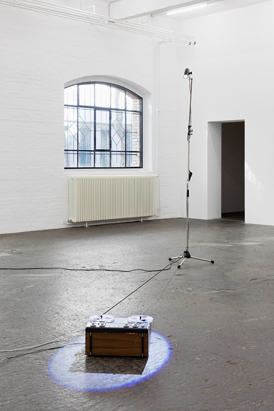 |
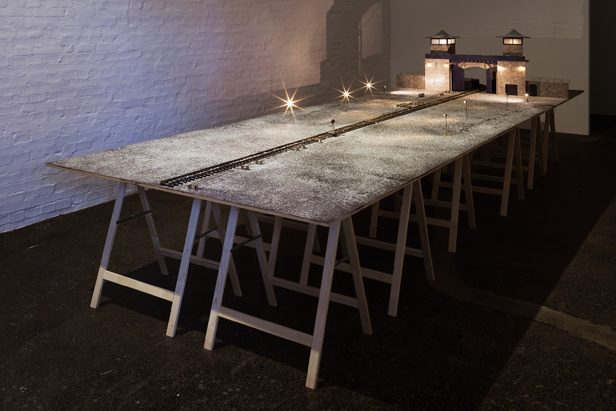 |
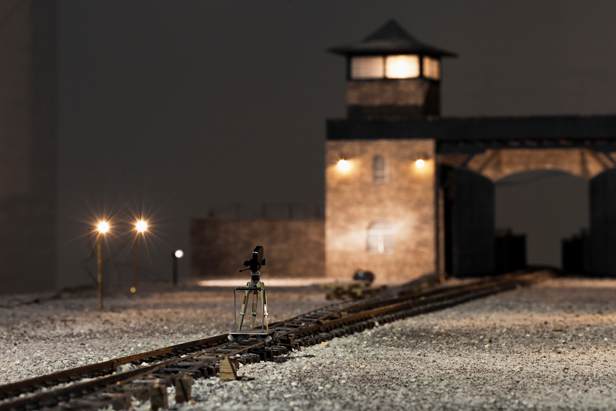 |
 |
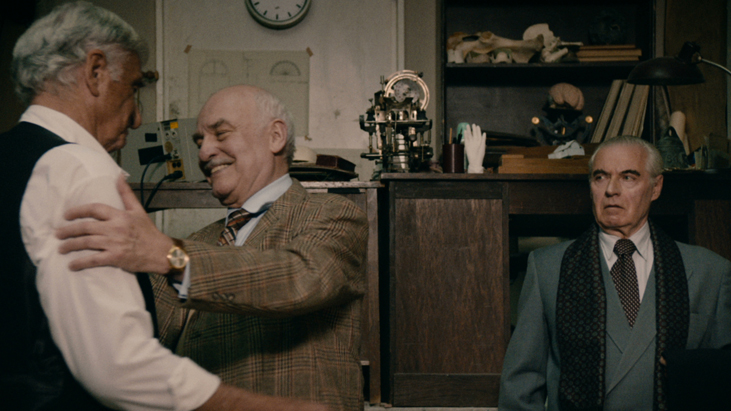 |
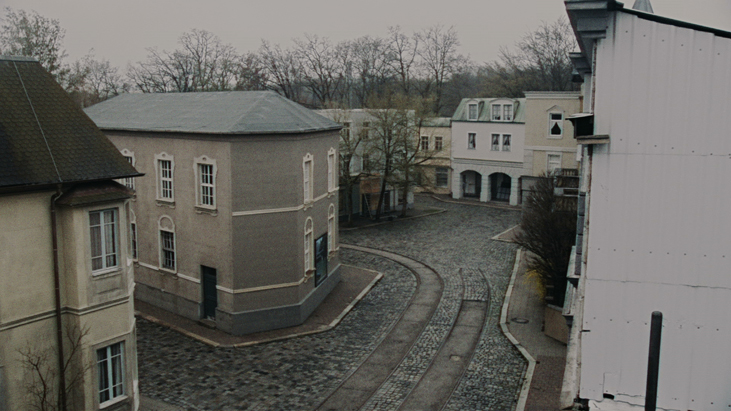 |
 |
 |
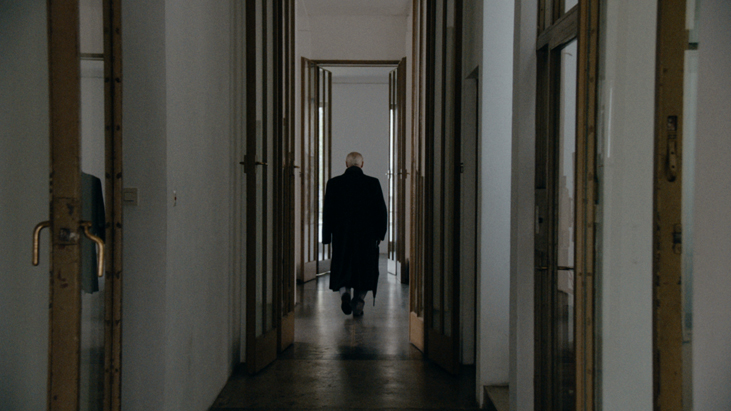 |
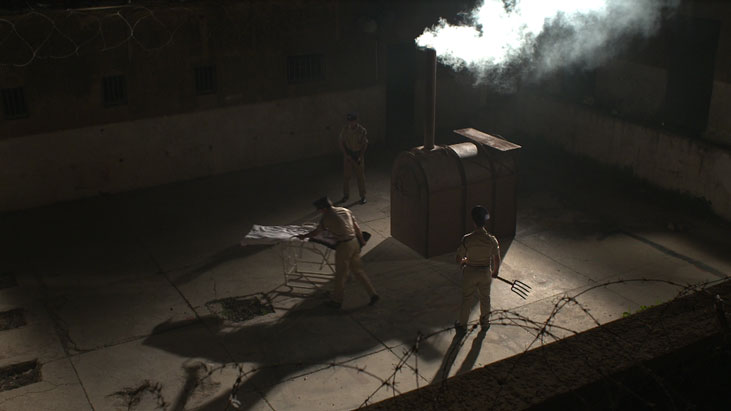 |
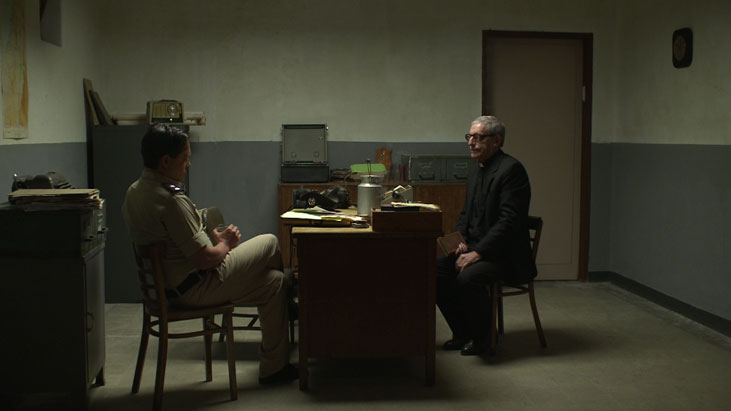 |
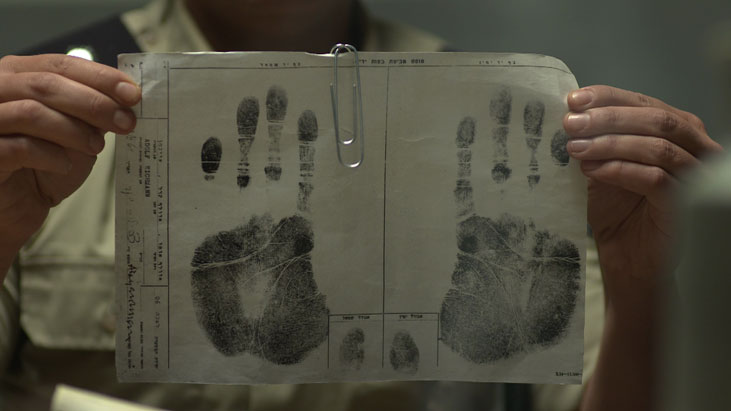 |
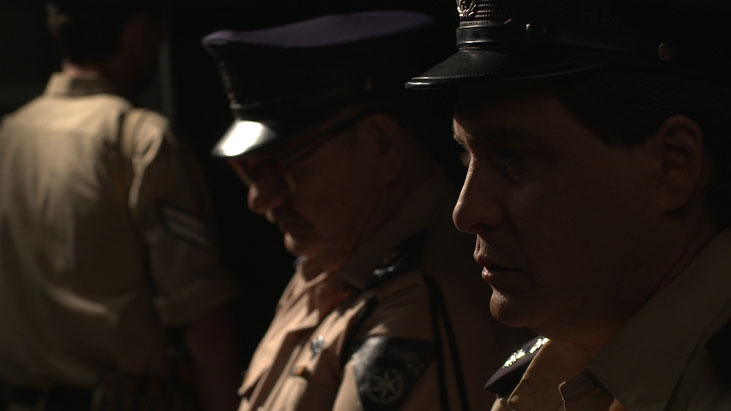 |
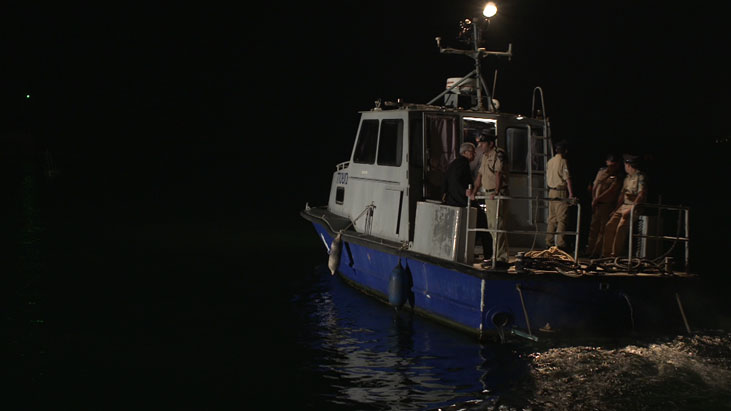 |
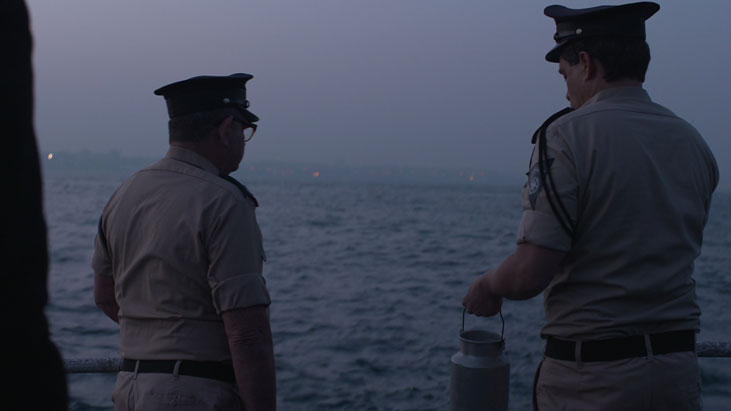 |
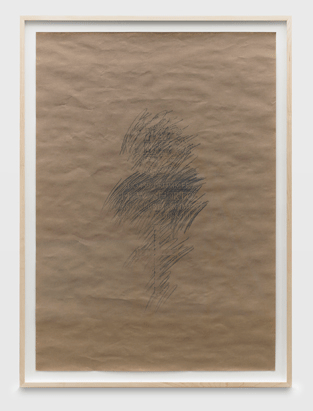 |
 |
 |
 |
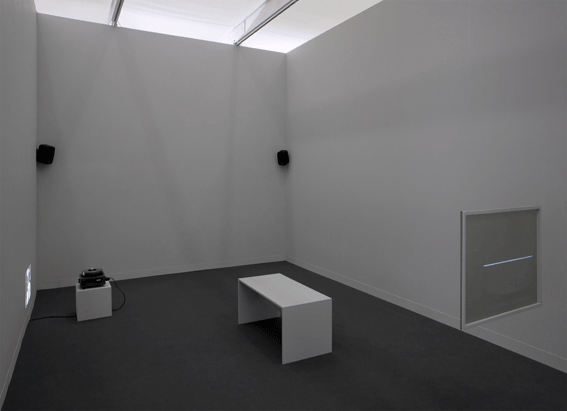 |
 |
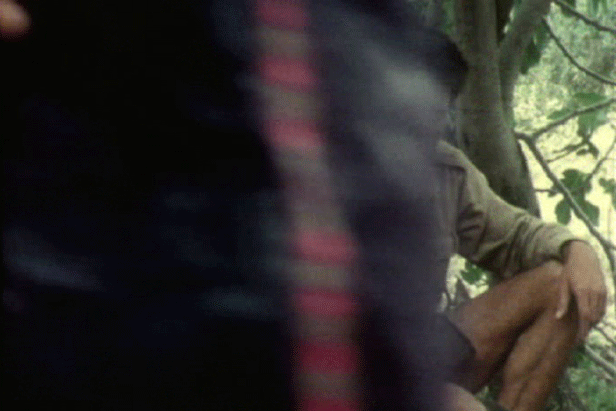 |
 |
 |
 |
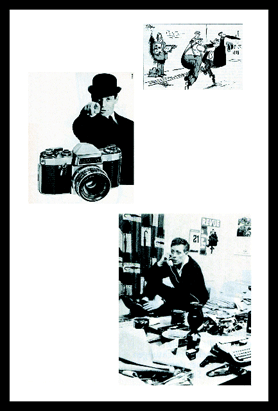 |
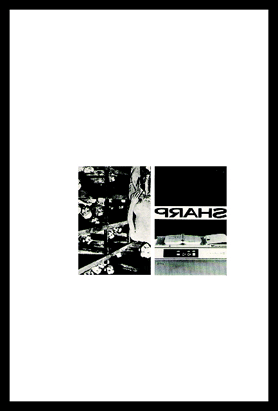 |
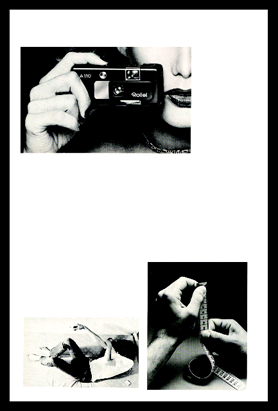 |
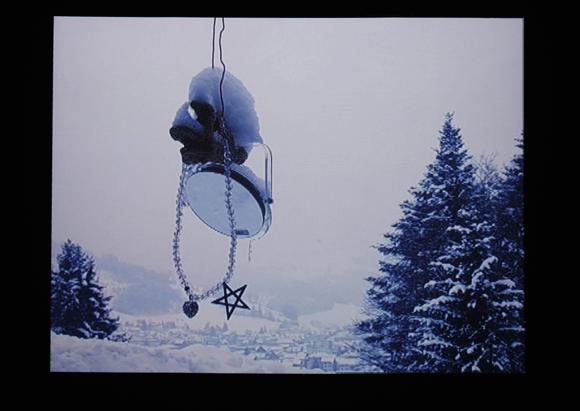 |
 |
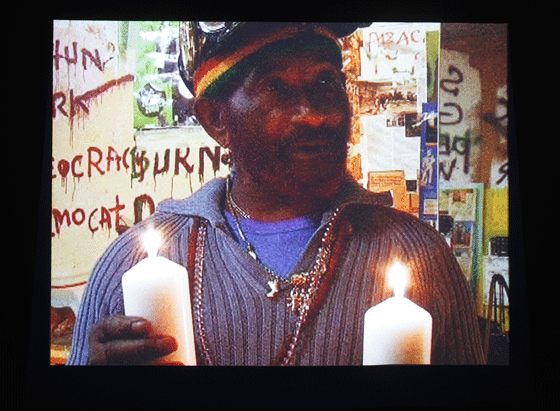 |
 |
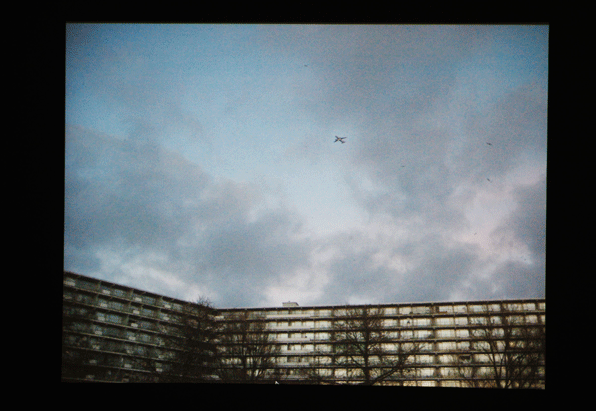 |
 |
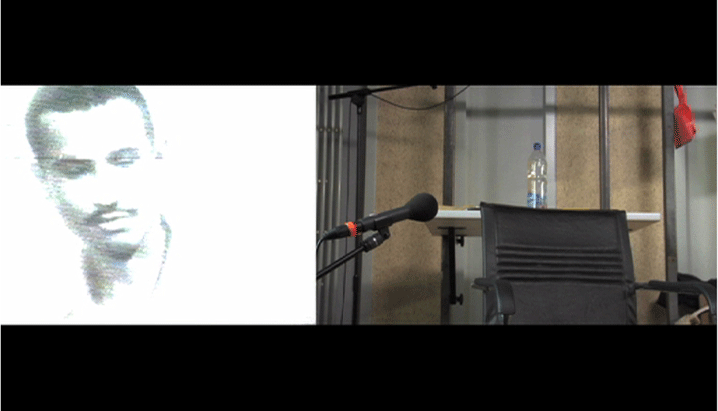 |
 |
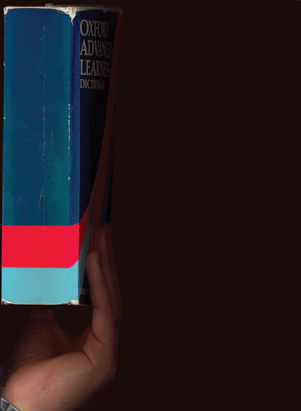 |
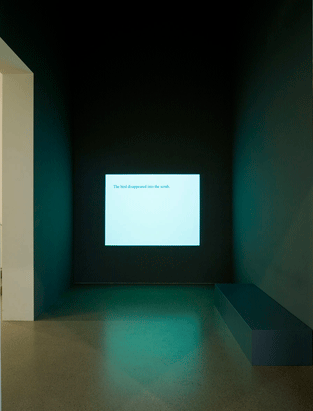 |
 |
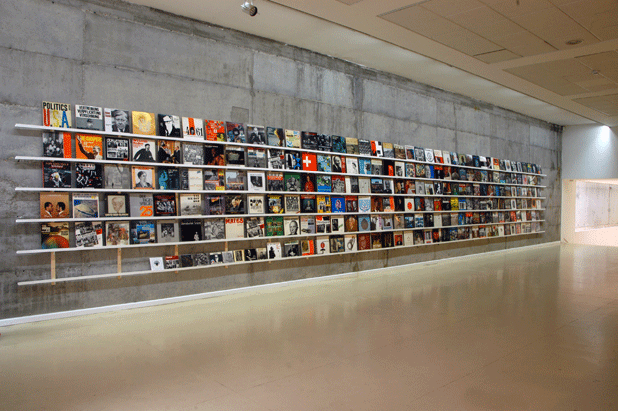 |
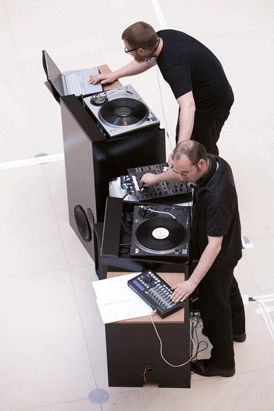 |
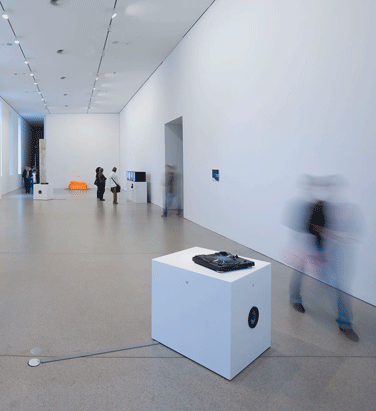 |
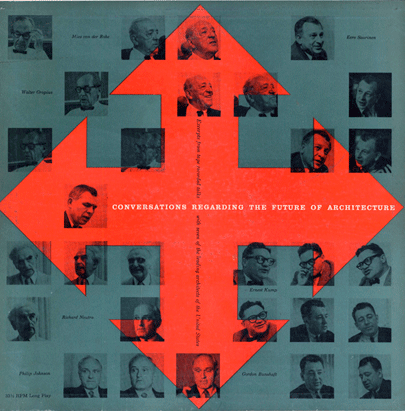 |
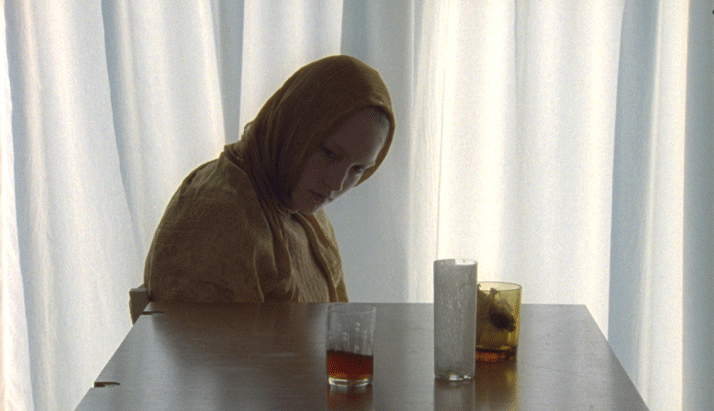 |
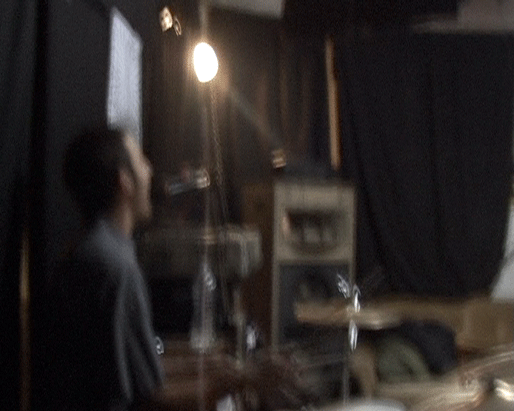 |
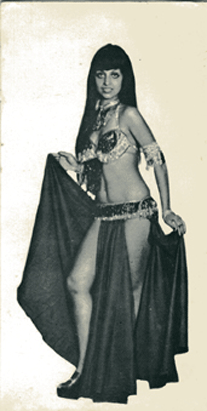 |
 |
 |
 |
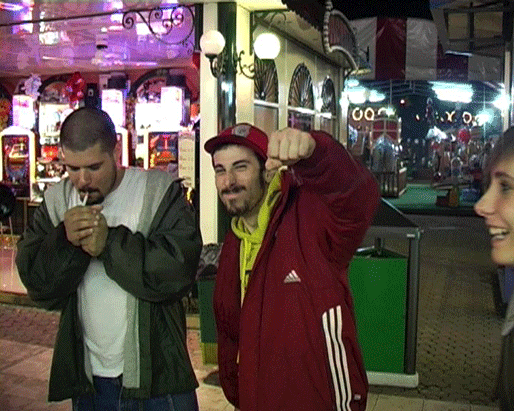 |
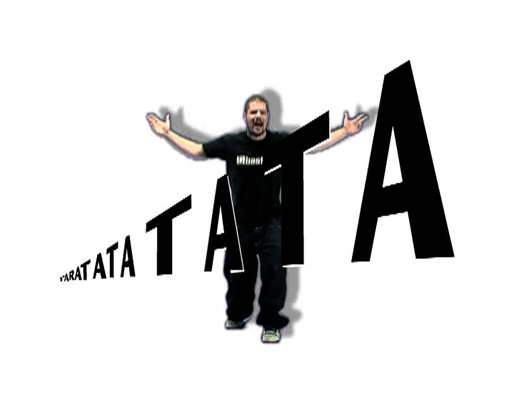 |
 |
 |
 |
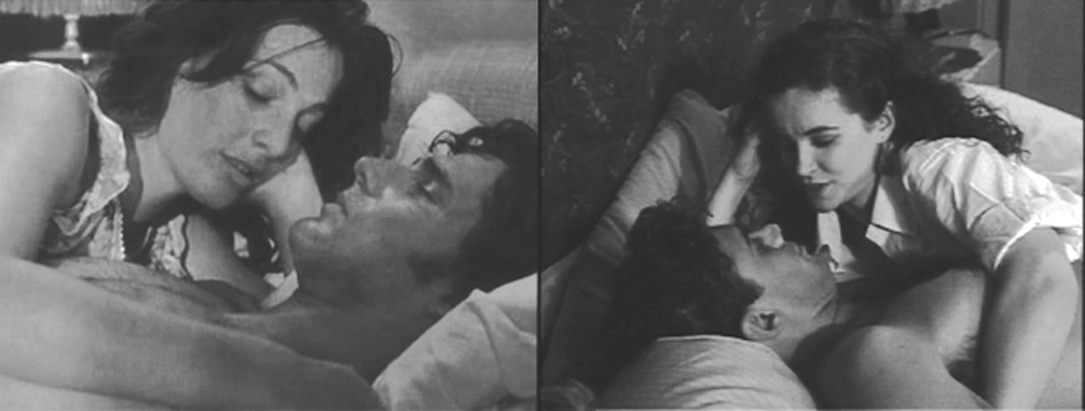 |
 |
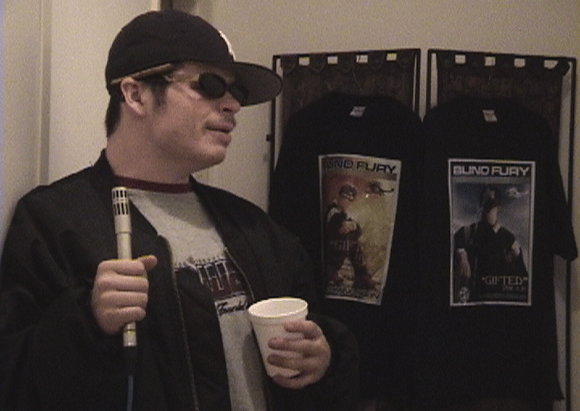 |
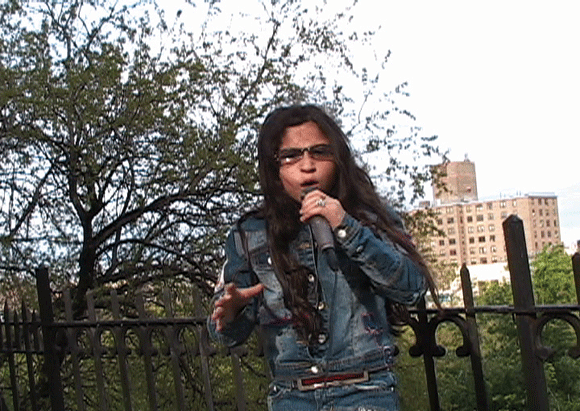 |
 |
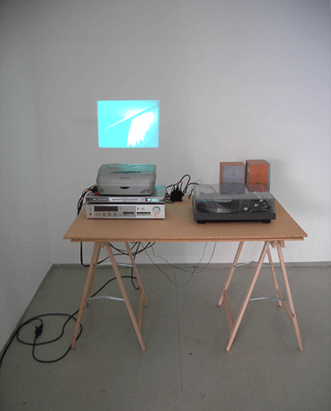 |
||||||||||||||||||||||||||||||||||||||||||||||||||||||||||||||||
| oiii | |||||||||||||||||||||||||||||||||||||||||||||||||||||||||||||||||||||||||||||||||||||||||||||||||||||||||||||||||||||||||||||
| Rudiments (Swiss Army Triplet Version) 2010 - 2013 Installation of 20 framed pencil rubbings installation view Kunsthalle St. Gallen 2013 |
«Aus: Gespräche V. John Cage/Morton Feldman, Radio Happenings I-V, 16. Januar 1967» 2013 tape recorder player, tape, microphone stand, spot light, speaker Variable dimensions cm |
Model for a film set of the Mauthausen concentration camp from the memory of Mr. Kuck 2013 various materials installation view Kunsthalle St. Gallen 2013 |
“Wie aus der Ferne” (As from far) 2013 HD video, 26:49min’ In his biography about Simon Wiesenthal, the Israeli historian Tom Segev writes about what he describes as Wiesenthal’s strangest relationship: his friendship with Albert Speer. Speer who was the third Reich’s chief architect and one of Hitler’s closest friends took responsibility and showed remorse for the Nazi’s crimes. After serving 20 years in prison he made efforts to clear his name and became a public persona with the help of his successful autobiography. One of the efforts to clean his name was to make contact with Simon Wiesenthal. Wiesenthal, an architect himself who dedicated his life to locating and bringing Nazi criminals to justice after his release from a concentration camp, saw this connection as an opportunity to access information about the third Reich but also as a small victory for himself as a holocaust survivor. A short film about Simon Wiesenthal and Albert Speer’s relationship which were expressed through letters exchange and occasional meetings in Vienna during the 1970s through a lens of a short text by Ludwig Wittgenstein about memory images and it’s connection to the Holocaust memory discourse and it’s representation in film. The film combines fictive scenes of a meeting between Wiesenthal and Speer and documentary based material like letters contents, biographies and interviews that the two gave. |
Nacht und Nebel 2011 HD Video Film 22min commissioned for the 54. Venice Biennale, ILLUMInations, cur. Bice Curiger and Giovanni Carmine Summary: Fifty years ago on April 11, 1961, the trial of Adolf Eichmann began. He was tried in an Israeli court and charged for committing crimes against humanity and war crimes and was convicted and executed by hanging on May 31, 1962. On a night, between the 31st of May and the 1st of June 1962 shortly after the execution and the cremation of the body, a group of police officers sailed on a boat 6 miles out of the shores of Jaffa port. Their mission was to scatter Eichmann’s ashes into the international waters of the Mediterranean Sea. The purpose of the highly secret mission was to ensure that there could be no future memorial and that no nation would serve as his final resting place. Based on an interview Dani Gal made with Michael Goldman, a Holocaust survivor who was one of the policemen on the boat, the film re-enacts the scene of the group of policemen sailing on a dark foggy night with Eichmann’s ashes in a jug of milk. |
Nacht und Nebel 2011 HD Video Film 22min |
Nacht und Nebel 2011 HD Video Film 22min |
Nacht und Nebel 2011 HD Video Film 22min |
Nacht und Nebel 2011 HD Video Film 22min |
Nacht und Nebel 2011 HD Video Film 22min |
Rudiment Series 2010 pencil rubbing on paper 110 x 80cm the pencil drawing is the result of an intensive tracing of a gravestone on the mount of olives in Jerusalem, revealing the particulars of a soldier who was a military drummer in the British Colonial Army in the early 1800s. |
Rudiment Series Installation View Fruit, Flowers & Clouds, Vienna |
dumitrescu's dream video still
|
dumitrescu's dream video still
|
Zen for TV And The Birth Of The Palestinian Refugee Problem 2010 Video (black and white)/ sound installation 22 Min. 34 Sec., loop Slide projection 80 slides, colour installation view Statement Art 41 Basel The work derives from a controversy around the classic Hebrew novella Khirbet Khizeh by Israeli author S. Yizhar published in 1949, in which he described the expulsion of Palestinian Arabs from their village by the Israeli Army during the 1948 Arab-Israeli War. The story became a bestseller, was included in the Israeli high school curriculum in 1964 and adapted into the television film in 1978, titled "Khirbet Khizeh". On February 15th, 1978, the film should have been shown on the Israeli TV. 90 minutes before the showing of the film it has been cancelled by the Minister of Education and Culture due to its content shedding doubt on the Zionist narrative. The unprecedented cancellation of a TV show through the government prompted protests against censorship from a coalition of artists, authors, lawyers, parliament members, journalists and TV technicians. However, the public polemic for and against airing the film became a fight for the freedom of information rather than an argument about the content of the film. As result of this, TV newsmen vented their feelings by letting Israeli screens go dark for 50 minutes-the length of the controversial film, on the day after the Minister’s order. |
Zen for TV And The Birth Of The Palestinian Refugee Problem 2010 Video (black and white)/ sound installation 22 Min. 34 Sec., loop Slide projection 80 slides, colour installation view Statement Art 41 Basel The installation consists of three unsynchronized elements: The original sound track of the TV film Khirbet Khizeh was translated into English and adapted into a radio play with professional actors, combining it with an interview with film’s director Ram Loevy. The piece is played through a surrounding sound system. As a graphic translation of his audio work, the artist also adapted the optical soundtrack of the mentionedfilm, shown on a black and white television monitor. The visual result is a thin, moving and horizontal line. Among other references, this video projection relates to Nam June Paik’s Zen For TV, 1963, which shows a static, white line running vertically across a black TV screen. Paik adapted his work into a second version where the line runs horizontally in 1976, the year the production of the TV film was started. With this gesture Gal takes on the censor bar and finally the black screens of the Israeli TV station on the day described above. A slide projection supports the accoustic and filmic components of the installation, showing still footage from the TV film. The material chosen portray a visually violent interferance with the common perspective of a viewer: faces and bodies covered, movements abstracted in distortion, details and close-ups of surfaces. |
Zen for TV And The Palestinian Refugee Problem 2010 Detail Still from original TV film "Khirbet Khizeh" Slide projection aprox. 40 cm diameter |
Zen for TV And The Palestinian Refugee Problem 2010 Detail Still from original TV film "Khirbet Khizeh" Slide projection aprox. 40 cm diameter |
Zen for TV And The Palestinian Refugee Problem 2010 Detail Still from original TV film "Khirbet Khizeh" Slide projection aprox. 40 cm diameter |
Zen for TV And The Palestinian Refugee Problem 2010 Detail Video projection (black and white) DV Video, 22 Min. 34 Sec., loop |
untitled ( from the Coupon Series), 2009 Pigment print on newsprint, framed Dimensions H 46 x B 30 cm ( h 18,5 x w 13 inches ) The series of prints examine the relationship between technological development and the conditioning of viewing habits. Images from various issues from the 1960s of the German magazine DER SPIEGEL are applied to a background of newsprint. The images show advertisements for tape recorders and compact cameras at the cutting edge of technology at the time. Booming in this decade, these new technological products promised the appropriation and adequate documentation of everyone’s experiences. The transformation of the source material into artistic works also points to the debate over the dichotomy of photography as a medium that is capable of both visual documentation and artistic creation while not incidentally referring to rules within the system of visual language |
untitled ( from the Coupon Series), 2009 Pigment print on newsprint, framed Dimensions H 46 x B 30 cm ( h 18,5 x w 13 inches ) |
untitled ( from the Coupon Series), 2009 Pigment print on newsprint, framed Dimensions H 46 x B 30 cm ( h 18,5 x w 13 inches ) |
Black Magic Marker, 2009 (still) |
Black Magic Marker, 2009 (still) |
Black Magic Marker, 2009 (still) |
Installation view "Chanting Down Babylon", Halle für Kunst Lüneburg, DE Chanting Down Babylon, 2009 slide projection (132 slides) & sound (102 min) The Horns of Jericho, 2009 |
Chanting Down Babylon, 2009 (slide) slide projection (132 slides) & sound (102 min) |
Chanting Down Babylon, 2009 (slide) slide projection (132 slides) & sound (102 min) |
"Seasonal Unrest", 2009
|
"Seasonal Unrest", 2009 instellation view project room, pecci museum prati, italy
|
i.e., 2008 i.e. ( id est-- latin ) means "that is" or "in other words." It specifies or makes more clear.
edition 43, Deutsche Guggenheim Berlin, 2008
|
i.e., 2008 projection/ screen dimensions variable in a random slide show of the sentences, the authorship can be generated by the viewer. installation view Deutsche Guggenheim Berlin, 2008 |
i.e., 2008 (extract) projection/ screen |
The record archive, in process Gal’s record archive is an ongoing project of collecting vinyl records that sound document historical events of the twentieth century. The archive contains speeches and interviews by world leaders, wars in sound, peace agreements, human rights struggles and other radio broadcasts of the events that shaped history from the invention of the phonograph to the fall of the Berlin wall. The phenomena of records that document political and historical events was popular from the 50’s until the late 80’s Most of the records had direct connection to propaganda and for the shaping of a national historical naratives. The collection underlines how a society turns its historical events into commodities and how sound documentation functions in relation to collective memory. installation view SMART Project Space, Amsterdam NL, 2008 |
"The Ballot or the Bullet", 2008 |
Architecture regarding the future of conversation, 2008 (front) |
Architecture regarding the future of conversation, 2008 (cover) two modefied turntables, speakers, multi media exhibition view, "Freisteller", Deutsche Guggenheim, Berlin, 2008 |
oscillations, 2007, (still) |
oscillations, 2007, (still) installation 16mm/sound 5min44 |
The talking mountain of Israel, 2007 |
The talking mountain of Israel, 2007 (still) On the 4th of January 1966 the Israeli postal service aired for the first time television in Israel. The purpose of the broadcast was to try the broadcasting devices and to make a reception quality check of picture and sound in different areas of the country.
|
The talking mountain of Israel, 2007 (still) installation video, image, text installation view ars viva 09/10 Kunstverein Cologne |
The talking mountain of Israel, 2007 (still) installation video, image, text installation view ars viva 09/10 Kunstverein Cologne |
La Battaglia, 2007 (still) |
La Battaglia, 2007 (still) |
search in volumes in an isolated building, 2007 16mm film 3min In an desolated hulk of the long gone industrial era, a graffiti is being sprayed. What at first does not seem to differ much from other graffitis, at second glance reveals to a precise adaption of an architectural drawing "Search on volumes in an isolated building" by Futurist star architect Virgilio Marchi from 1919. |
"The New Terrorism", 2006 video / audio Installation 11min 27sec The "The new terrorism" is an educational kit for American schools from the 1970’s. It consists of a strip of photo slides, a one-sided record, a booklet and a game. Using examples of current affairs at the time, the kit was used to teach high school kids about the threat of terrorism. For the work, the film strip was recorded with a video recorder and the footage slowed so the slide show would match the exact length of the album. When played simultaneously the two resources do not synchronise. This de-synchronisation interrupts and suspends the viewer’s reading of the footage. The meaning of the document escapes its original educational- and sensational-intention and the process of creating certain historical narratives becomes evident. |
"The New Terrorism", 2006 video / audio Installation 11min 27sec |
"The déjà vu of Avner Kaufmann", 2006, video |
Keep it real 3 videos project, 2005 The works document three young rappers who are trying to achieve success in the hip hop industry. In the videos, Nymesis, Blind Fury and P-Star tell their stories, present their agendas, talk about the way they are trying to position themselves in the hip hop game and demonstrate their artistic skills. Nymesis video 11min 38sec Nemesis is 19 years old and lives in Harlem NY. He goes daily to the street corner in 125th and St Nicholas Ave. where he and his friends sell cigarettes in the black market for a living. He Battle Raps occasionally with the bypassers who dare to battle him. |
Keep it real 3 videos project, 2005 Stephen Norris a.k.a Blind Fury video 11min Stephan is 21 years old. He was born blind, grew up in Camden, South Carolina. He has rhymed since he was 9. A few years ago he started to rap and battle in the local club scene where he met his friend DJ Mellow. Mellow contacted his friends DJ spice & Darrell Jones from NY, They believed in Fury’s potential and decided to produce him under their production company 3 wise men. Blind Fury made the finals on MTV’s "mc battle" award and came in the third of the top five in the country, he is performing nation wide and is currently working on his first E.P. |
Keep it real 3 videos project, 2005 Pricilla Dies a.k.a P-Star video 29min 52sec Priscilla is 19 years old. She started to rap when she was 7. She lives in Harlem, NY with her older sister and her father Jesse who is also her producer. P-Star has been filmed by a few hip hop DVD magazines in NY, performed in different clubs in the city, won 8 beauty pageant competitions and she is about to sign on a major Music label. |
"How to convert a scientific problem into a banal love story", 2005 video/audio installation loop The work is based on the science fiction film Solaris by Andrei Tarkovsky that was made after a novel by Stanislaw Lem. The film centres on a group of research astronauts who spend very long periods of time in space in order to study the mysterious star Solaris and have to confront their consciences by meeting, in reality, characters from their memories. Out of longing to home- planet earth--they fix a piece of paper cut to strips onto the spaceship vents because the sound it makes reminds them of trees moving in the wind. For the work, the paper installation was rebuilt and filmed with a super 8 camera that records no sound. Next to the film production a record player was installed, that repeatedly played a record called "wind in trees" which is a recorded sound of the wind blowing in the trees (The record was pressed in the 70’s and was used for therapy purposes.) The sound and the film are played simultaneously but are only become synchronised at random moments. When the sound and the image meet there is an illusion that the sound comes from the vent blowing the paper. The title of the work refers to one of the astronauts who tells the main character, after seeing his dead wife and falling in love with her that he shouldn’t make a banal love story out of a scientific problem. |
"How to convert a scientific problem into a banal love story", 2005 video/audio installation loop installation view "if on a winter's night a traveller", Freymond-Guth, 2006 |
|
| <back |